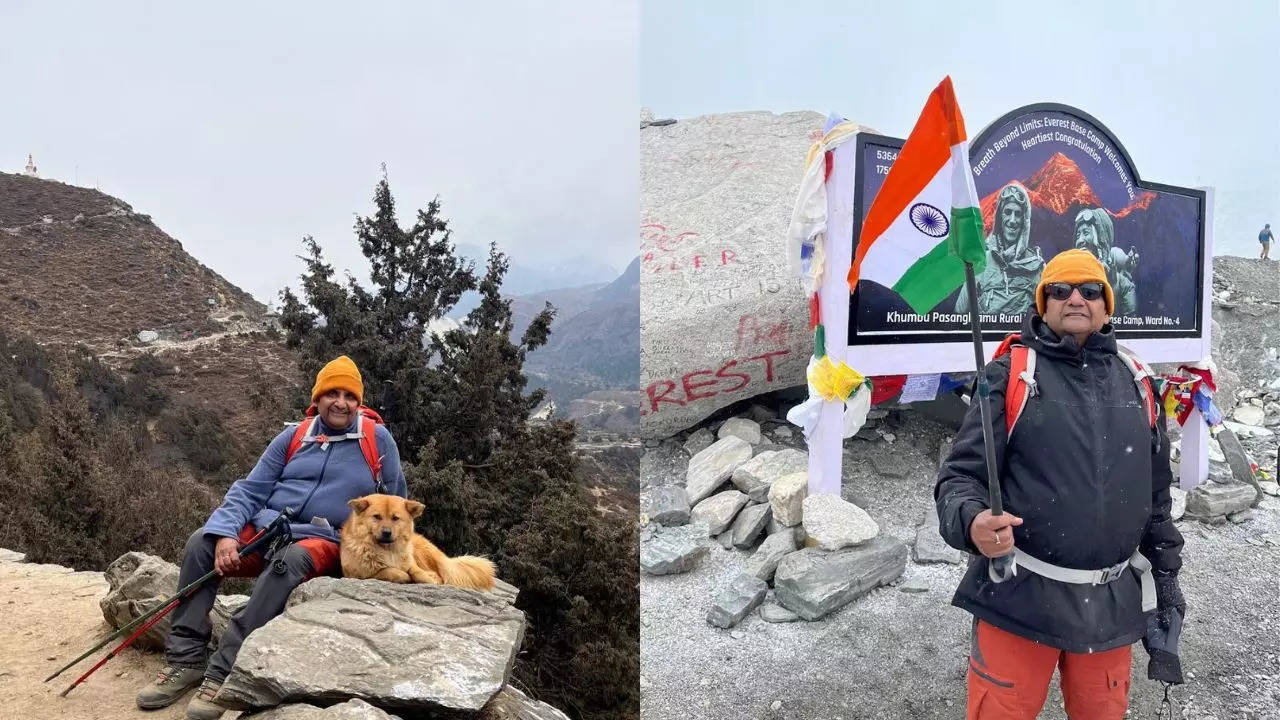At 60, This Retired Air Force Officer Just Completed The First Trek Of His Life – To The Everest Base Camp
“Everest has been in my blood. For the longest, I have been mesmerised by it and have wanted to climb it. As a voracious reader, I have vicariously travelled to Everest 5 times a year, reading about those who have surmounted it and have lost their lives in the endeavour. However, circumstances, both personal and financial, did not allow me to pursue that dream. But when I learnt about a trek being arranged to the Everest Base Camp, I signed up immediately.”
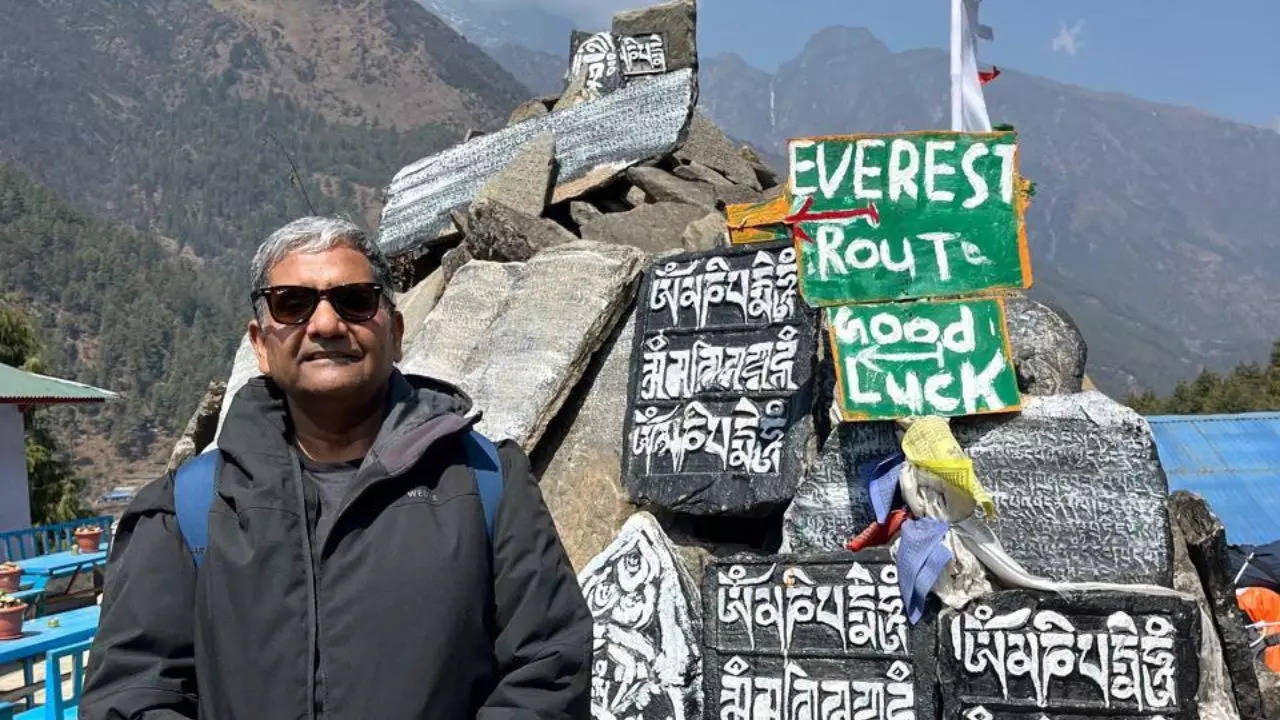
The decision to do the Everest Base Camp was a split-second decision for Group Captain Abhishek Asthana, who retired from Air Force in 2020 after over 30 years in service. There is nothing odd in it, except he had never been on a trek until the day he set foot in Kathmandu on March 15th. “I had already turned 60, and I assumed that climbing Everest was out of the question. Not because of my age but mostly because of the finances involved. But I had been dreaming about it for so long, I knew I wouldn’t rest until I had seen it, beyond the books, with my own eyes.” The decision was as simple as he made it out to be. The trek, not so much.
What made him sure that he could do it?
“Ignorance is bliss,” he laughs and adds, “I usually don’t look up a place that I am travelling to to not psych myself out. And I knew I was fit enough to give it at least a go.” But how fit do you really have to be? Can anyone do the Everest Base Camp trek? And how does a 60-year-old officer prepare himself for the grind? Asthana answers the volley of questions. “Now that I have done it, I’ll tell you this: You must be reasonably fit. I have been walking throughout my life, around 6-7 kilometres every second day. In my late 30s, I took up running, which I continued till mid-40s. All these things have allowed me to keep my body moving, which has never been a foreign sensation to me.”
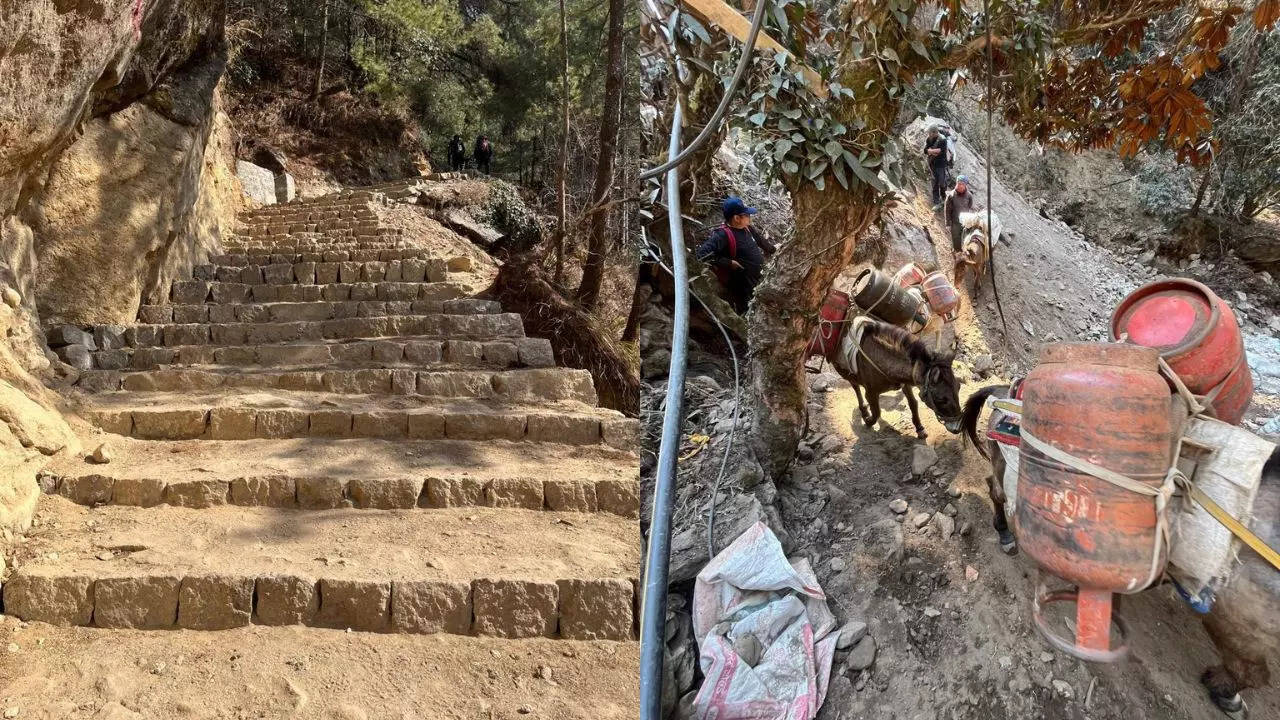
It was his armed forces background and diligence to an active lifestyle not seen in many that allowed him to even plan a trek of this calibre. To prepare his body, Abhishek started walking about 6-7 kilometres in his new trekking shoes to wear them out. And then, there were stairs.
“The trekking organisers told me that the trek had ‘stairs’. And not stairs like those in our home, but contractions that appear like stairs. So, to give myself a head start, I started climbing the 14 floors of my apartment in Gurugram a few times a day while carrying 4kg weights. What it did was prepare my legs for the climb. But the actual trek, honestly, is the toughest thing I have ever done, and I was nowhere close to being as prepared as I believed I was,” he reminisces. “Your body will tell you it’s not possible but you should tell your mind it’s possible. When your mind is ready, then your body will do it. So I am an example of that.”
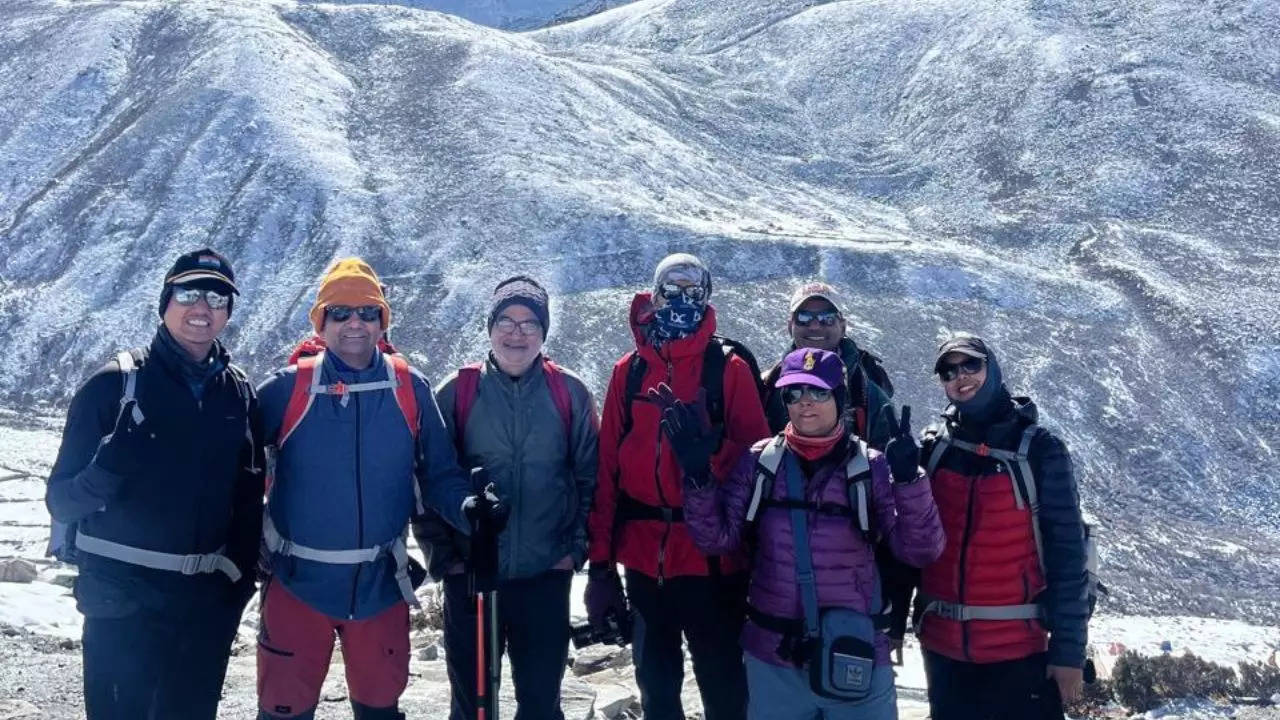
The trek was very challenging, both physically and mentally. Asthana’s group had seven climbers and two sherpas, who, he says, “practically sang the whole way up.” “It is so humbling to see them make the trek, with so much weight on their back, as effortlessly as possible,” he says. The altitude made breathing difficult, and the terrain was steep and uneven. From breaking a trekking pole to almost breaking a leg, Asthana saw it all. But one mantra kept him trudging along – Vistare. A Nepali word which translates to ‘slow but sure’.
Vistare Vistare. That is how he made his way from Lukla to Everest Base Camp, with a few overnight pit stops for acclimatisation. The group covered places like Phakding, Namche Bazar, Tengboche, Dingboche, Dughla, Lobuche, and Gorak Shep before reaching Everest Base Camp. But one of the most memorable views from the trek is from Hotel Everest View. “You sit there in the verandah, and Mt Everest comes into view. It was breathtaking; I can’t describe the feeling,” says the officer.
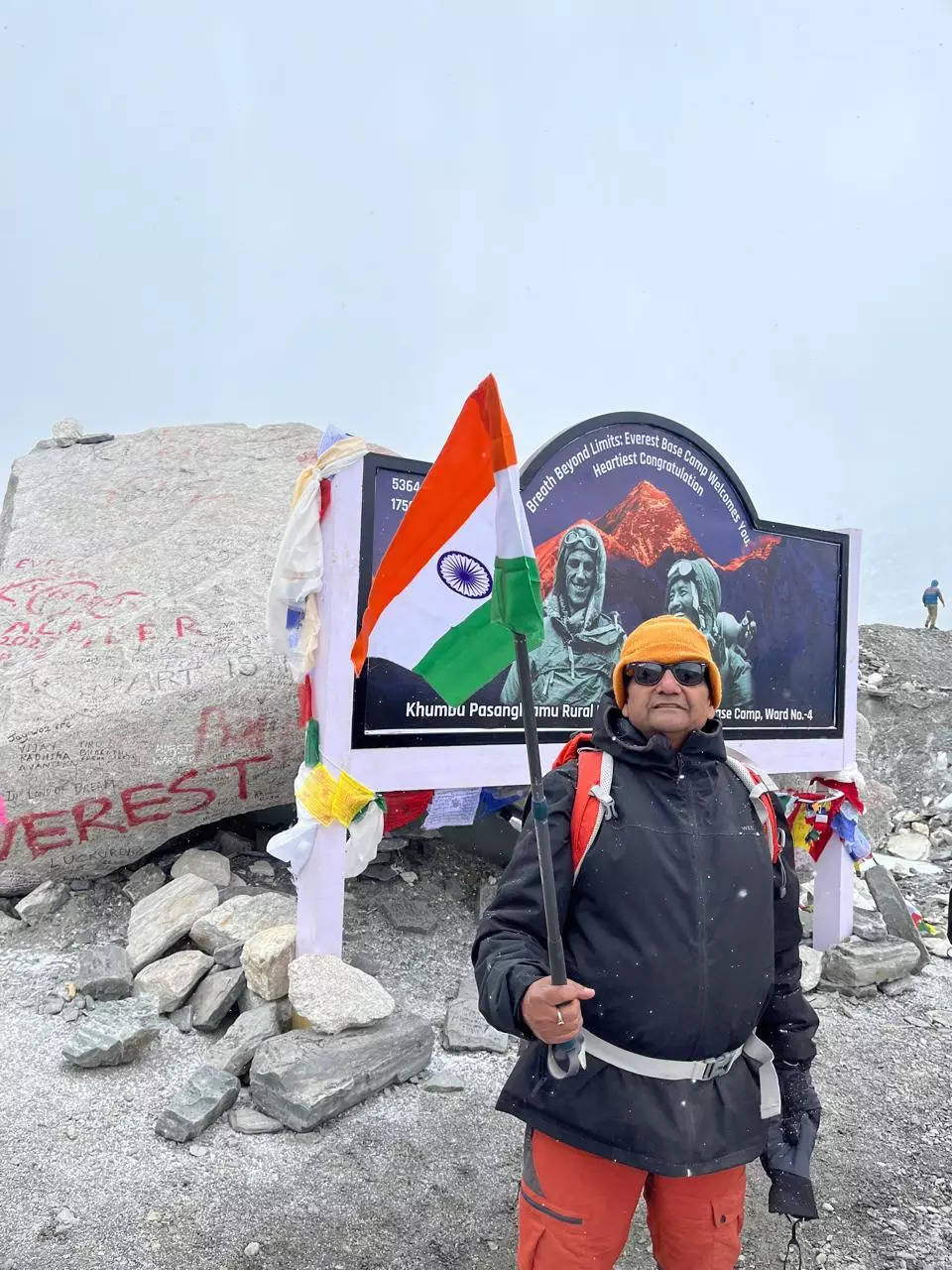
On March 24th, after trudging uphill for hours, Abhishek finally saw the Everest Base Camp sign come into view, along with neon camps that are a signature sight on this side of the world. “Every day, I started with a fond hope that perhaps today would be the day when we would mostly encounter flat or downhill terrain, only to get my hopes dashed to smithereens. However, I realised quickly that when one is aiming at the base of the roof of the world, the only logical way has to be up! It had taken us over a week, but we could stay at the base for only 20 minutes before the weather packed up. It was as if there was a terse message from the mountain that we had overstayed our visit, and it was time that we were on our way,” he shares.
Now that he is back, he looks back at his journey with appreciation and respect for nature more than ever before. “Mountain communities believe these peaks have life. Everest is a deity for them. At the Tengboche monastery, climbers hoping to reach the peak of Everest pray to it to be allowed safe passage. And it has no love lost for people like me, who have dreamt about it for decades. Nature is to you as you are to it. Be kind and respectful, and you’ll see unbelievable sights. If you miss a step, you get punished. That’s the simple rule.”

